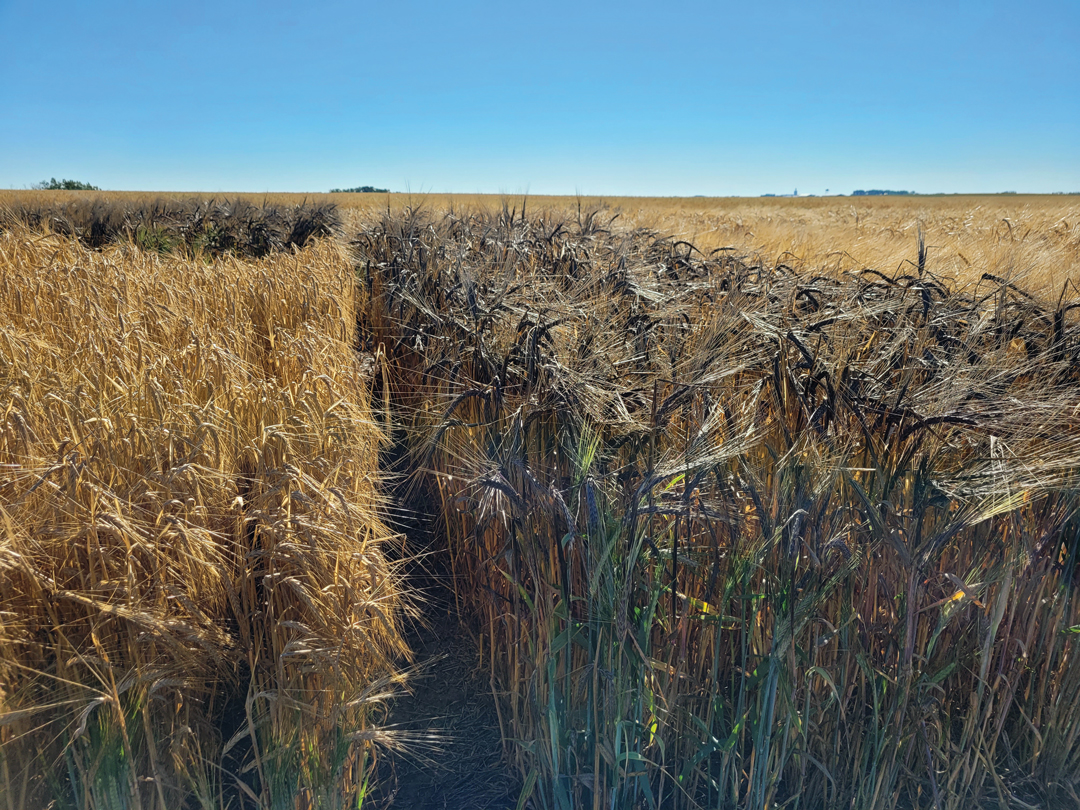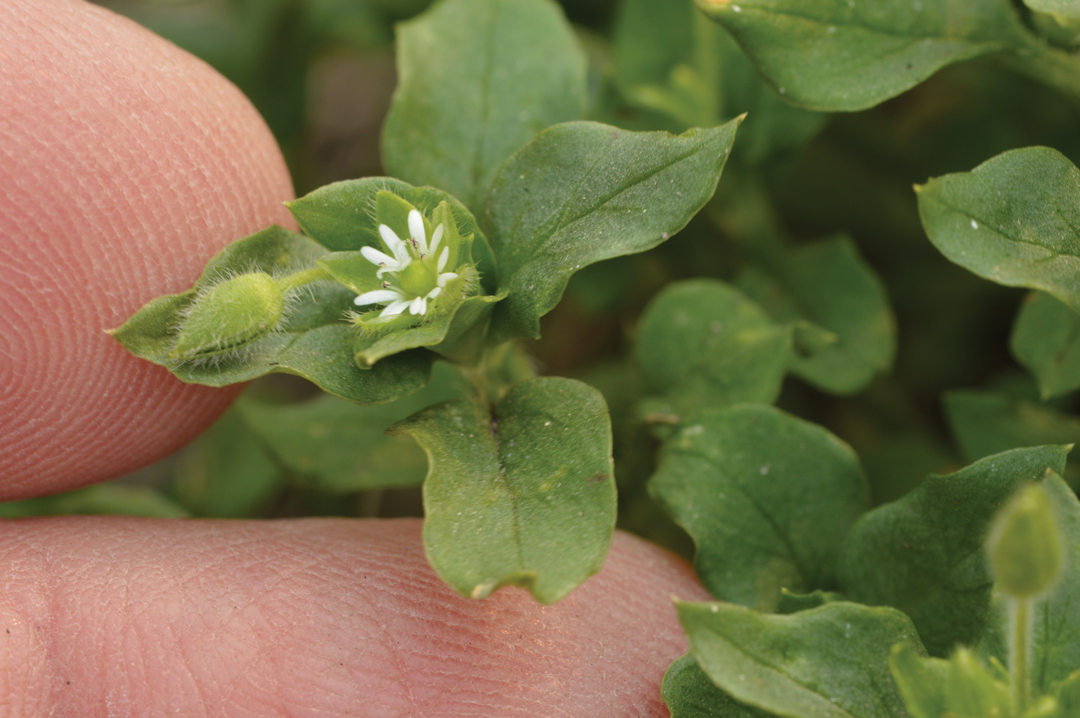PURPLE GOLD
BY ZOLTAN VARADI • PHOTO COURTESY OF ANA BADEA
There’s an old saying: A garden of purple is always in bloom. A new barley variety promises one loaded with anthocyanins, a natural pigment with antioxidant properties linked to lowering the risk of diseases such as hyperglycemia, hypercholesterolemia and cancer.
This is just one of the selling points of HB21147, a variety of hulless purple barley developed by Ana Badea, a Brandon, MB, research scientist with Agriculture and Agri-Food Canada. Badea hopes the dark-hued grain will help get Canadian consumers to think of barley as more than just a feed and malt grain. The new variety was developed using classical breeding methods, with the colour coming from one of its parents, a purple-coloured barley breeding line.
“Barley holds many health benefits,” said Badea. “It is up to us if we choose to take advantage of them by adding it in our daily diet and enjoy a healthier life.”
Adequate consumption of barley grains is an effective way to reduce cholesterol levels and prevent cardiovascular disease, she added. Barley in general is high in beta-glucans and promotes overall gastrointestinal health and weight management. Regarding her barley’s purple-packing anthocyanins, Badea said while she cannot yet make specific health claims about HB21147 as it has not been subject to clinical studies, based on existing knowledge it shows great promise.
“The consumption of foods high in anthocyanins has been linked to lower risks of several chronic diseases,” she said. The next logical step in this purple barley story will be to roll out a clinical study to determine its dietary benefits.
But will the novel colour and healthy properties of HB21147 be enough to convince consumers? Marta Izydorczyk of the Canadian Grain Commission concedes that food barley needs a marketing makeover. Ironically, she said, its historical success as a staple may be the very reason it is largely ignored as a food grain today. “It was sustenance for the masses throughout history, especially at times when there were not enough other cereals,” said Izydorczyk. “So, it is kind of looked upon as a cheap grain for the masses … as nothing exciting.”
This has resulted in a catch-22; the lack of interest in food barley eventually resulted in a shortage of high-quality food varieties as the industry was not inclined to pursue the development of such crops. Izydorczyk noted that while varieties used for feed and malting are suitable for human consumption, those specifically bred as agrifood—including Badea’s—pack a significantly higher nutritional punch. The message just needs to be passed on to consumers. “Our barley community recognizes the value of food barley is not realized in Canada,” she said. “I sometimes say we grow and harvest this gold on the Prairies, but we need to put that gold on our plates.”
Earlier this year, HB21147 received support for registration from the Prairie Recommending Committee for Oat and Barley (PRCOB). During the 2023 crop season, breeder seed was produced and is now available for licensing.
“This variety has been tested in the Western Cooperative Hulless Barley Registration Test conducted by the PRCOB over a period of two years, 2021 and 2022, in multiple locations across the Prairies,” said Badea. “Based on the data generated, HB21147 demonstrated to be adapted to all barley growing regions in Western Canada. Farmers can grow it just like any other barley variety they now grow.”







Comments